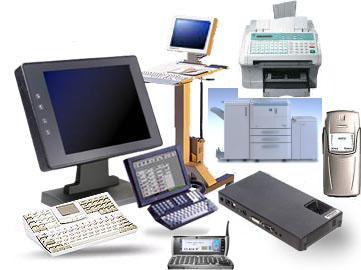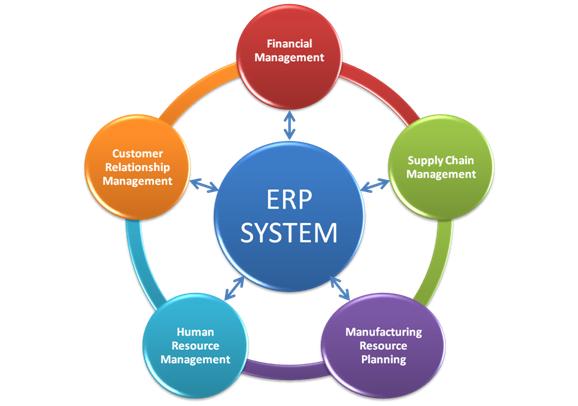Office automation refers to the varied computer machinery and software used to digitally create, collect, store, manipulate, and relay office information needed for accomplishing basic tasks and goals. Raw data storage, electronic transfer, and the management of electronic business information comprise the basic activities of an office automation system. Office Automation helps in optimise or automate existing office procedures.
The backbone of office automation is a LAN, which allows users to transmit data, mail and even voice across the network. All office functions, including dictation, typing, filing, copying, fax, telex, microfilm and records management, telephone and telephone switchboard operations, fall into this category.… Read the rest


